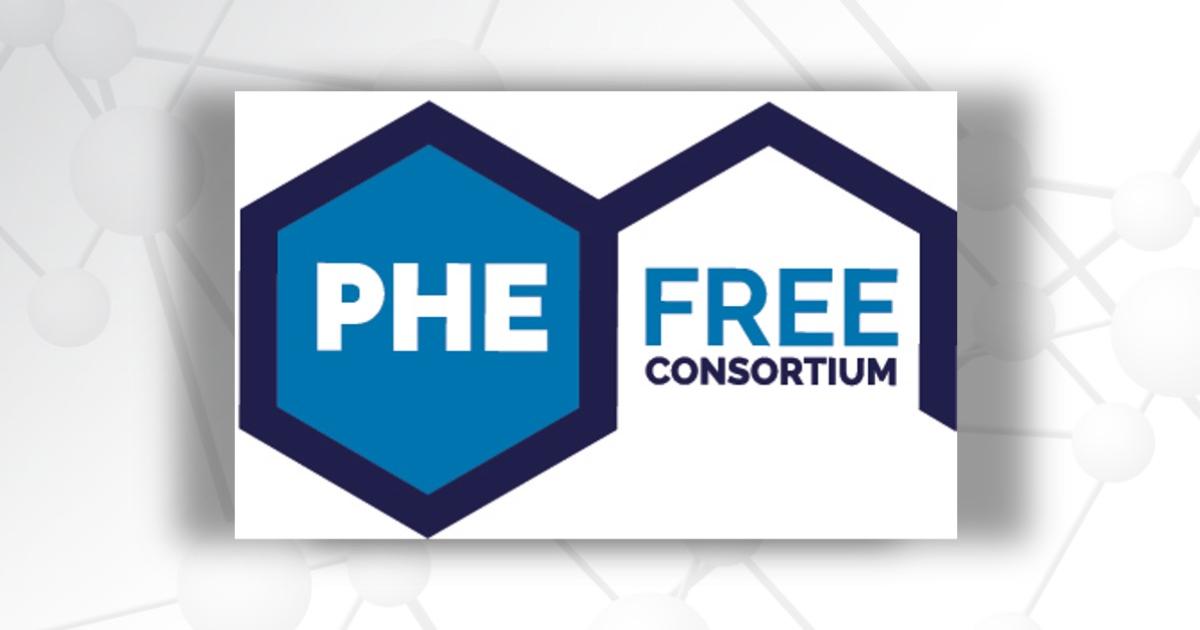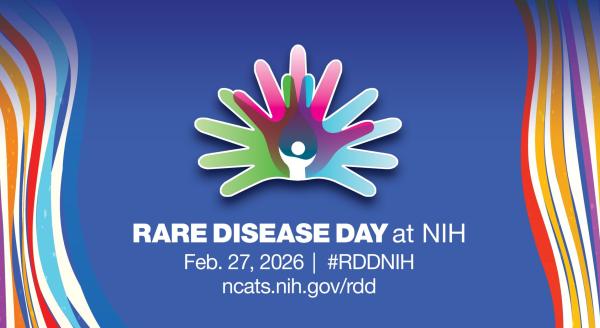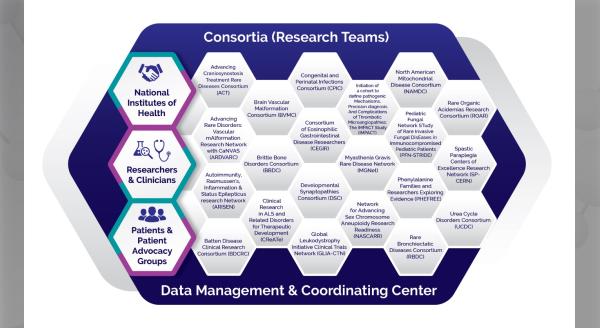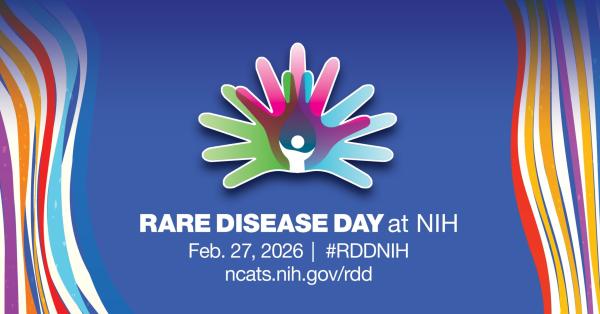The Phenylalanine Families and Researchers Exploring Evidence (PHEFREE) Consortium is a group of scientists, clinicians, patients, families, and advocates focused on inherited disorders involving elevated blood phenylalanine. These disorders include phenylalanine hydroxylase (PAH) deficiency (also known as phenylketonuria or PKU), defects in biopterin synthesis or recycling, or deficiency of the chaperone protein DNAJC12. Here, principal investigator Cary O. Harding, MD, shares the history of the consortium, current research, and future plans.
What are the overall goals of PHEFREE?
Our overall goals are to comprehensively and longitudinally evaluate the health, cognitive, behavioral, psychiatric, quality of life, and patient-reported outcomes across the lifespan in individuals with PAH deficiency, biopterin synthesis or recycling disorders, or DNAJC12 deficiency treated with current standard of care. Furthermore, we hope to define the breadth of unmet treatment needs and improve the validation of biomarkers, including blood phenylalanine, as surrogates for functional outcomes.
How did the PHEFREE team come together, and how did you become a part of the RDCRN?
The principal investigators at the PHEFREE clinical sites previously participated as site PIs in an industry-sponsored clinical trial of a novel pharmaceutical for PAH deficiency. Following the conclusion of that trial—and its difficult but ultimately successful path to FDA approval of the drug—our patient advocacy group, the National PKU Alliance (NPKUA), called a one-day meeting of the principals involved in the trial. During this meeting, representatives from the trial’s sponsor and the FDA reviewed the course of the trial and hurdles faced to gaining FDA acceptance.
Several challenges common among clinical trials for many rare disorders arose in the discussion. These included the paucity of longitudinal natural history data in the medical literature to compare with trial results, the extreme variability of neuropsychiatric phenotypes among the trial participants that lacked clear correlation with the biomarker blood phenylalanine, and overall poor evidence—in adults, at least—that blood phenylalanine is a good surrogate for functional outcomes. It occurred to many in the room that these questions are best addressed in an academic setting, not as part of an investigational new drug trial.
The NPKUA then asked me to lead a capable team in writing an application to the Rare Diseases Clinical Research Network (RDCRN) request for proposals to fund a consortium that would focus on studying longitudinal functional outcomes and biomarkers in disorders that cause chronic hyperphenylalaninemia (elevated blood phenylalanine). To our immense honor, our application and consortium proposal were chosen for funding, which began in September 2019.
Can you tell us more about the rare diseases you study?
We study a range of inherited disorders that affect the metabolism of the amino acid phenylalanine. All are detected in infants through newborn screening, which measures blood phenylalanine in the first week of life. Infants with elevated blood phenylalanine are further evaluated to find the specific cause of the hyperphenylalaninemia.
The most common cause of hyperphenylalaninemia is PAH deficiency due to recessively inherited mutations in the PAH gene. This disorder is colloquially known as phenylketonuria or PKU because of the presence of phenylketones, which are metabolites of phenylalanine, in urine. The PAH enzyme requires a cofactor, tetrahydrobiopterin, to be active. Biopterin is synthesized in the liver through a series of enzymatic reactions and is also recycled for reuse. Hyperphenylalaninemia can be caused by rare deficiencies of the biopterin synthetic or recycling enzymes. Finally, just within the past five years, deficiency of the protein DNAJC12—which is a chaperone protein necessary for the proper folding and function of the PAH enzyme—has been described as a cause of hyperphenylalaninemia.
All the diseases are detected through newborn screening, confirmed through gene sequencing of the disease-causing gene, and treated through dietary phenylalanine restriction. Many of the disorders are also treated through supplementation with biopterin. Untreated, affected children exhibit severe global developmental disability (including severe expressive speech impairment that is frequently described as autism), impaired growth, microcephaly, seizures, hypopigmentation, eczema, and in some disorders, ataxia, dystonia, or parkinsonism.
Contemporary therapy prevents the major manifestations of the disorders, but long-term issues with learning disabilities, attention deficit, impaired executive function, and mood disorders may persist.
What are your current research projects?
Our primary research project, “Longitudinal Natural History of Disorders Associated with Hyperphenylalaninemia,” enrolls individuals of all ages with the disorders we are studying and will follow them over time. We are collecting a variety of health outcomes data but are focused heavily upon patient-reported outcome measures and neuropsychological evaluations. A key feature of this project is a cross validation of the Cambridge Neuropsychological Test Automated Battery (CANTAB) vs. the NIH Toolbox in the assessment of neuropsychological outcomes in the disorders we are studying.
Our second project, “Quantitative Measurement of Phenylalanine Metabolism in Sapropterin-Responsive Hyperphenylalaninemia,” involves comparison of two non-invasive methods that measure residual PAH activity in an individual with PKU. The only method to reliably measure PAH activity in a human is to measure the enzyme in a liver biopsy specimen. This would be desirable to perform, for instance, before and after a novel cell-directed treatment such as gene therapy in order to determine whether the treatment had restored PAH activity.
We are instead examining ways of learning the same information non-invasively. One old-school method simply administers phenylalanine orally to the PKU participant, then blood is sampled periodically thereafter over several hours for measurement of the plasma phenylalanine concentration. The rate of phenylalanine clearance is a measure of the liver PAH activity. A newer and potentially more sensitive method involves administering stable-isotope labeled phenylalanine, 1-13C-phenylalanine, orally to the participant. If the phenylalanine is metabolized in the liver, the 13C label is incorporated into breath CO2. We will collect breath samples periodically after administering 1-13C-phenylalanine, and the rate of appearance of 13CO2 in breath is a measure of liver PAH activity. We propose to evaluate which method will be better for use in future clinical trials of cell-directed treatments.
What new research directions or goals are you pursuing?
Our prior clinical trial efforts and experience with existing patient-reported outcome measures and neuropsychological tests have demonstrated that none of the existing measures adequately capture the functional experience of the person with PKU when their blood and brain phenylalanine is excessively elevated. Patients describe a brain fog that they call ‘Phe brain.’ We do not know how to adequately measure the brain fog and the impairments that are associated with that.
Although we are busy validating existing neuropsychological testing instruments, we have initiated—along with the NPKUA—a separate effort involving many neuropsychologists, PKU practitioners from around the world, and even IBM Watson to develop completely novel test measures that aim to assess the functional whole of the Phe brain. Furthermore, we plan to examine the correlation between these novel assessments and biomarkers, such as blood phenylalanine, and examine the effects of various phenylalanine-lowering treatments upon their outcomes.
The ultimate goal, hopefully, is to have developed novel and powerful assessment tools to be used in future clinical trials of novel therapeutics to demonstrate that the treatment cannot only affect a biomarker but can also improve functional outcomes.
How has being part of the RDCRN impacted PHEFREE’s work?
Participation in the RDCRN has been crucial to our function, primarily in terms of the infrastructure the network provides along with excellent professional advice from the Data Management and Coordinating Center (DMCC) and other consortia members. We would not be operational without the data management capabilities of the DMCC and all the regulatory expertise that goes along with that.
Also, I would like to particularly thank the leadership of the Urea Cycle Disorders Consortium (UCDC) and the Porphyrias Consortium (PC), two of the veteran consortia, who have been very supportive with their guidance during our embryonic efforts to get started.
How do you envision that the diseases you study can ultimately be cured?
All the diseases we study are genetic, so we envision genetic cures, predominantly. For all of them, hyperphenylalaninemia can be cured by restoring the enzyme or protein involved in the liver. For some, however, restoration of the protein may also be necessary in the brain. Currently, genetic therapies in the brain are a bit more difficult to accomplish than the liver.
There are now several proposed or even active clinical trials of liver cell-directed therapies for PAH deficiency underway. These experiments are based on robust preclinical data demonstrating durable correction of blood phenylalanine in mouse PKU models following liver-directed genetic therapies. One approach is to deliver PAH messenger RNA (mRNA) to the liver. This requires the use of a lipid nanoparticle to protect the mRNA as it travels through the circulation and to target the particle to the liver. Following delivery of the mRNA to the liver, the mRNA is then translated into active PAH protein. A couple of different biopharmaceutical companies are advancing this approach.
Another promising method is gene addition therapy. Currently, this is accomplished clinically using adeno-associated virus (AAV) vectors to deliver a functional copy of the PAH gene into liver cells. There, the viral vector carrying the PAH gene mostly does not interact with or alter the patient’s own genetic material, but simply produces intact PAH mRNA and subsequently PAH protein. There are two ongoing clinical trials of AAV-mediated gene addition therapy in adults with PKU, with a third to begin soon.
Finally, the ultimate cure will be to alter the disease-causing variants in the patient’s PAH genes back to the normal sequence and allow their own genes to begin producing intact PAH protein. This is called gene correction and is a form of gene editing. Another form of gene editing, called gene insertion, involves permanently integrating a fully functional copy of the PAH gene into a safe harbor somewhere in the patient’s genome. Both gene editing approaches are being investigated preclinically in animal models with limited success to date; these are quite a distance off from being attempted in humans. We are, however, optimistic that one or more of these exciting, novel therapeutic approaches will ultimately prove safe and effective for use in humans with PKU.
The Phenylalanine Families and Researchers Exploring Evidence (PHEFREE) Consortium is part of the Rare Diseases Clinical Research Network (RDCRN), which is funded by the National Institutes of Health (NIH) and led by the National Center for Advancing Translational Sciences (NCATS) through its Division of Rare Diseases Research Innovation (DRDRI). PHEFREE is funded under grant number U54HD100982 as a collaboration between NCATS, the Eunice Kennedy Shriver National Institute of Child Health and Human Development (NICHD), the National Institute of Neurological Disorders and Stroke (NINDS), and the Office of Dietary Supplements (ODS).






